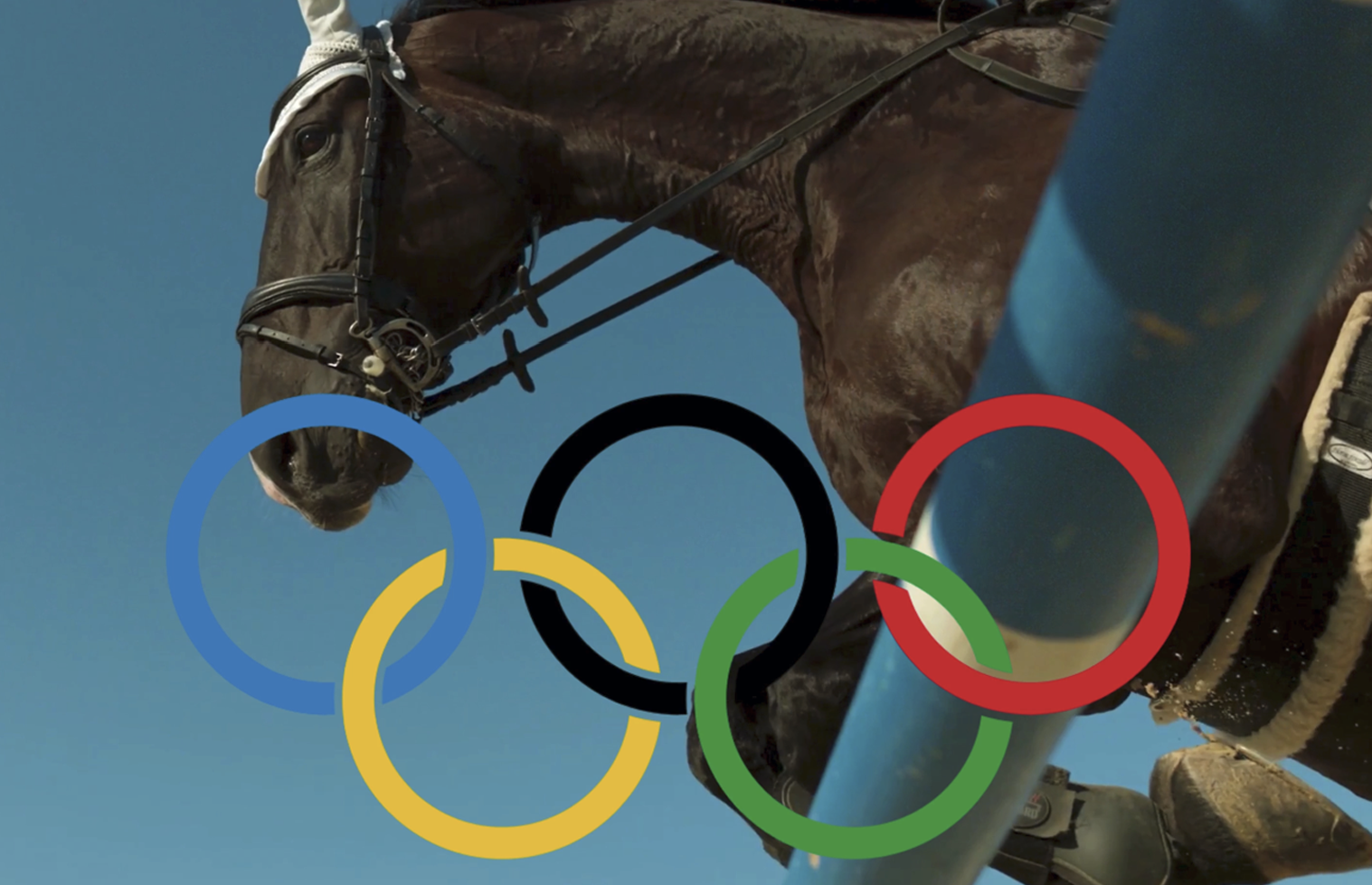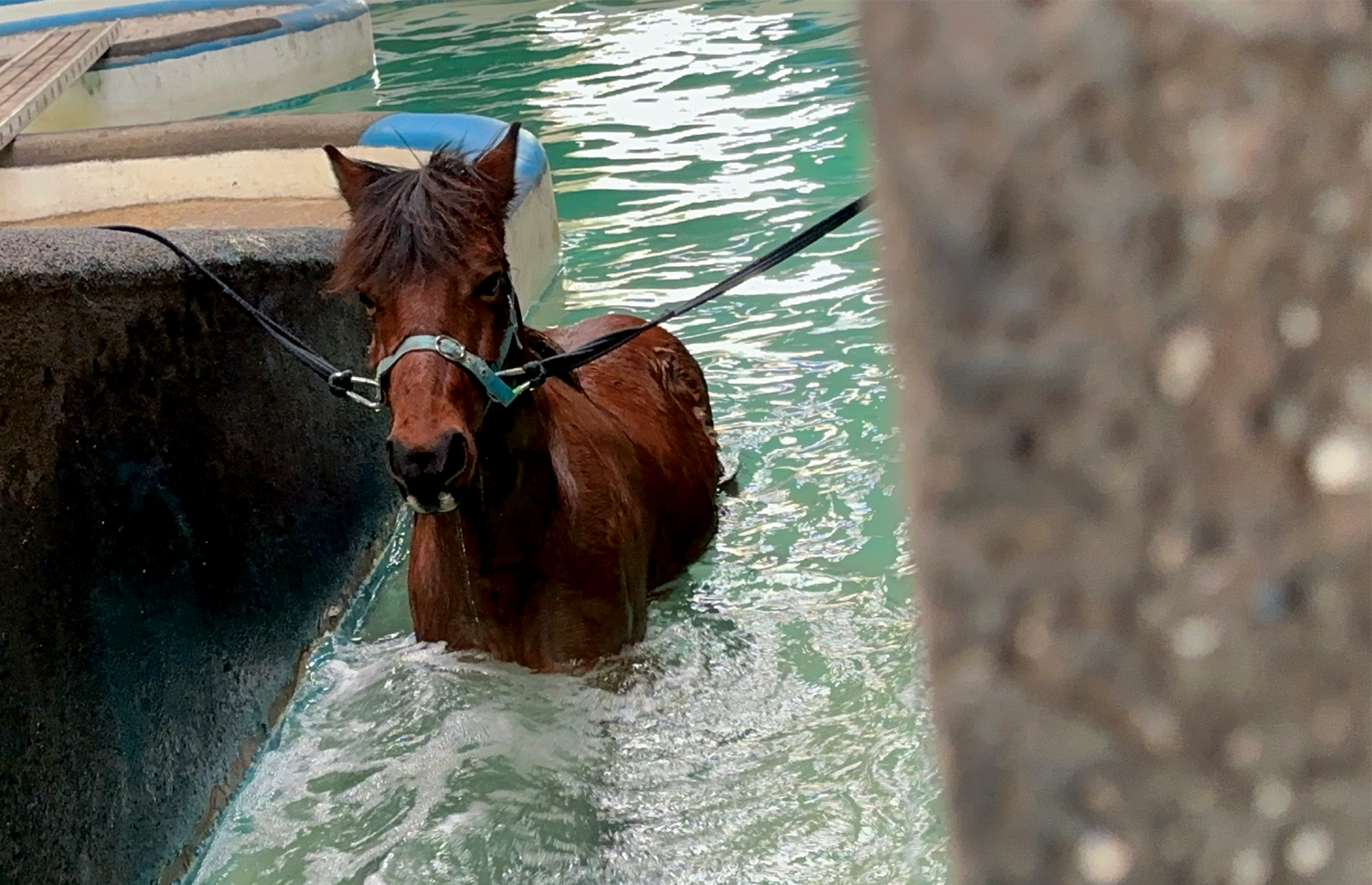Sadly, most horse owners will be all too aware of the debilitating effects of laminitis. For those who don’t know, the condition, said to affect 1 in 10 horses every year, is an inflammation of the sensitive laminae that connects the hoof wall to the underlying pedal bone. This swelling can cause severe pain and although traditionally seen as a spring issue, it is often a year-round concern for owners. Danger times can be after a bout of rainy weather when grass grows very lush. It can also be caused by other conditions such as Equine Metabolic Syndrome or Equine Cushings Disease. Lamintis can also be brought about by stress or winter laminitis when hooves are exposed to cold temperatures.
In this blog, we’ll discuss some of the common ways to take precautions against the conditions’ painful effects during the spring season…
Monitor Grazing
Horses with a history of laminitis are often sensitive to high sugar grasses and during the spring season, when nights are cool and days are warm, sugar content is at its annual high. Therefore, it’s crucial to monitor grazing time, perhaps choosing early morning hours or late evenings, when sugar content is typically lower to turnout your furry friends. Muzzles can also be an effective way to limit grass intake – but make sure they are well fitting.
Adjust their diet
Horses with laminitis need a low sugar, low starch diet and as mentioned earlier, springtime can be a pretty tricky time to manage this. Therefore, switching to hay instead of letting them graze is often a good way to ensure they still get the nutrients they need, reducing their intake of both sugar and starch. Soaking the hay can also be an effective way to reduce the sugar content (why not check out our hay soaker for a stress-free way to do this!) Additionally, supplements such as magnesium and chromium can help improve insulin sensitivity and reduce the risk of laminitis.
Maintain a healthy weight
Though it may seem obvious, horses that are overweight and obese are at greater risk of developing the condition. If you can give your horse regular exercise to reduce weight and improve circulation, then this is ideal. If this isn’t an option, be aware of other weight management options to ensure that you keep an eye on their waistline. Get a weight tape and monitor your horses weight so you can see if they are changing. Take photographs that you can compare against. Often by seeing them day to day, we aren’t aware of changes as soon as we could be. If in doubt, ask your vet or farrier as they will be able to advise.
Regular Farrier Visits
Keeping check of those hooves and having regular farrier visits are super important when it comes to managing the risk of laminitis. In fact, trimming hooves regularly can help prevent the condition, alleviate pain and improve your horses comfort – so if your horse or pony is prone to laminitis, your farrier is a key person in your quest for prevention and help in managing the condition if it has occurred.
Consult a Veterinarian
Though the above tips are some of the most common and often suggested help in preventing laminitis, please bear in mind Laminitis is a veterinary emergency and you should contact your vet immediately if you suspect your horse might have it.
Laminitis causes severe pain and lameness which needs emergency first aid and veterinary treatment as soon as possible.






